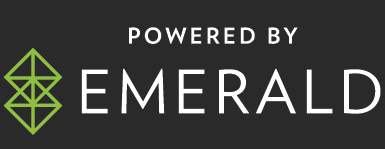By Daniella Romanaggi, VP of Trading and Analytics at Keynes Digital
Advertisers today face a dynamic and expanding set of options for buying digital media. From self-serve platforms and resellers to direct publisher relationships and managed services, the ecosystem can be complex, but it’s also more open to influence than ever. With the right focus, advertisers can help shape a marketplace where spend aligns more closely with impact. The path forward is one of evolution rather than overhaul, and buyers are already helping drive that change.
SPO has made real, measurable progress. Smart tech integrations, contractual transparency, and increasing pressure for accountability are moving the market in the right direction. But there’s more work to do – and that work isn’t just technical. It’s strategic. Agencies and advertisers have an opportunity to lean in as vocal participants, working with SSPs, ad servers, and publishers to clarify how inventory is sourced, how audience data is handled, and where content visibility can improve. The good news: industry partners are increasingly receptive to this dialogue.
Nowhere is this more evident than in CTV, one of the fastest-growing digital channels. On the surface, it offers exactly what brands want: premium video in a highly engaging environment. But real progress lies just beneath the surface, where platforms are taking steps toward improved transparency and more granular reporting. Content-level insights – what show, episode, or match an ad ran against – are becoming more available, especially as buyer expectations rise.
FAST platforms like Pluto and Tubi are leading this charge. Their scale and efficiency have always made them attractive, but what’s changed is their responsiveness. These platforms are increasingly offering content-level granularity and audience insights that go beyond traditional DSP logs. In many cases, they’re advancing visibility faster than some premium publisher counterparts. As demand-side pressure grows, FAST players are setting a new bar for responsiveness and innovation, helping to reshape the transparency conversation across CTV.
Audience-level insights are also evolving. Advertisers aren’t just buying inventory – they’re investing in audience reach. A premium ad placement is only as valuable as the relevance of the audience it reaches. That’s why refreshed audience segments and active ID management are so critical. Marketers should prioritize data partners that maintain up-to-date identifiers and ensure attribution pipelines are accurate and reliable. The tools exist, and the standards are rising.
DSPs, in turn, are central to this opportunity. Each one integrates with a vast network of data and media partners, offering powerful targeting capabilities. But unlocking their full potential requires intention. Marketers have an opportunity to deepen their understanding of DSP tools not just to monitor performance, but to trace how and why campaigns succeed. Precision starts with knowing the audience, the content context, and the business goals that guide a media buy.
It’s no longer enough to say “we’re on streaming.” Advertisers should be able to answer: where did the ad run, what content did it appear with, and who was watching? As transparency improves, so too does the strategic value of CTV investment.
The future of programmatic video is not just more automation or more inventory. It’s smarter, more intentional media buying. The entire ecosystem – SSPs, DSPs, publishers, data partners – is moving in this direction. Collaborative improvement is already underway. Advertisers have more tools, more leverage, and more momentum than ever to influence a marketplace that delivers on both scale and accountability. The era of opaque digital video buying is giving way to something better. We should keep pushing it forward.



